HANS HOFMANN (1880-1966)
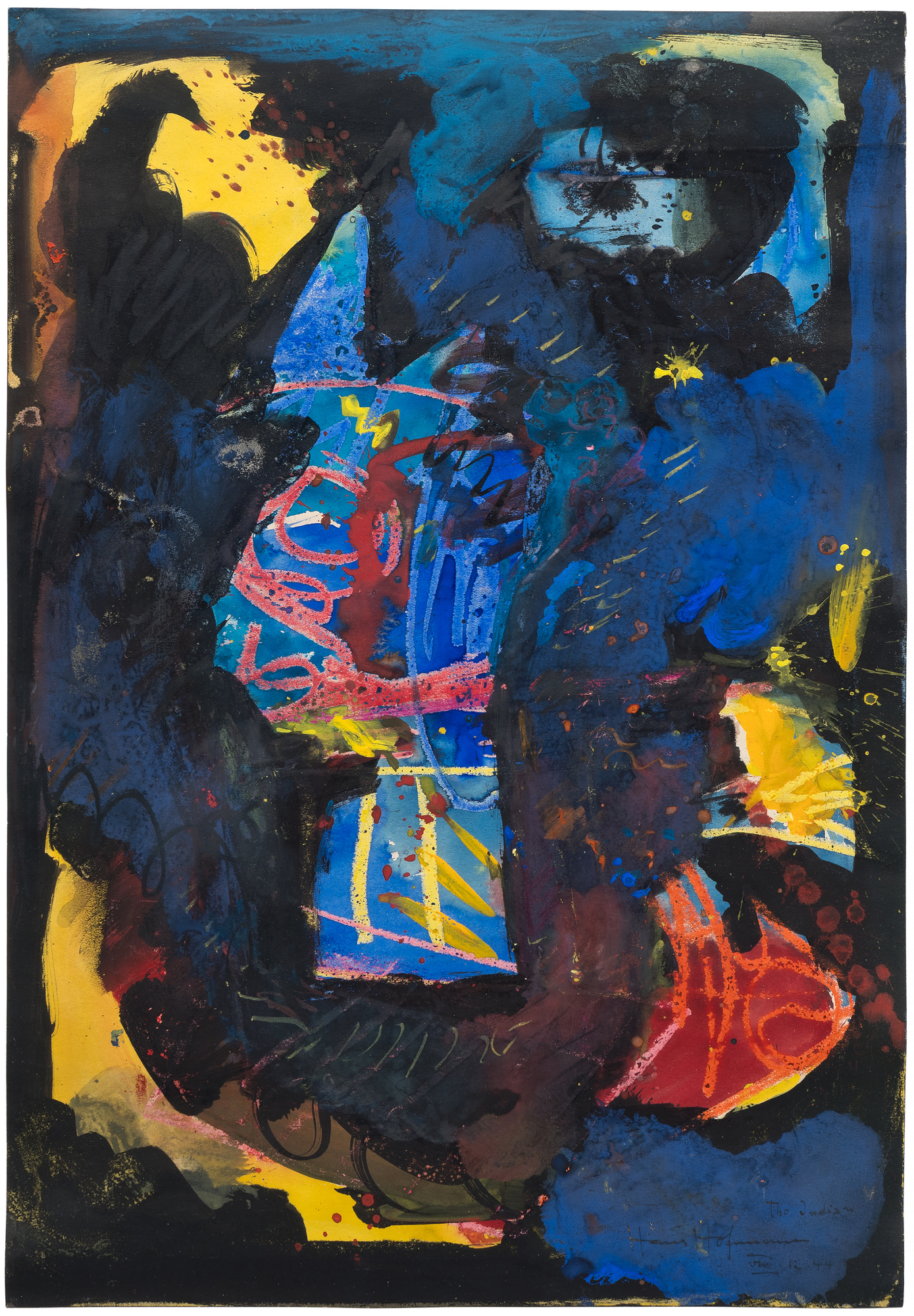
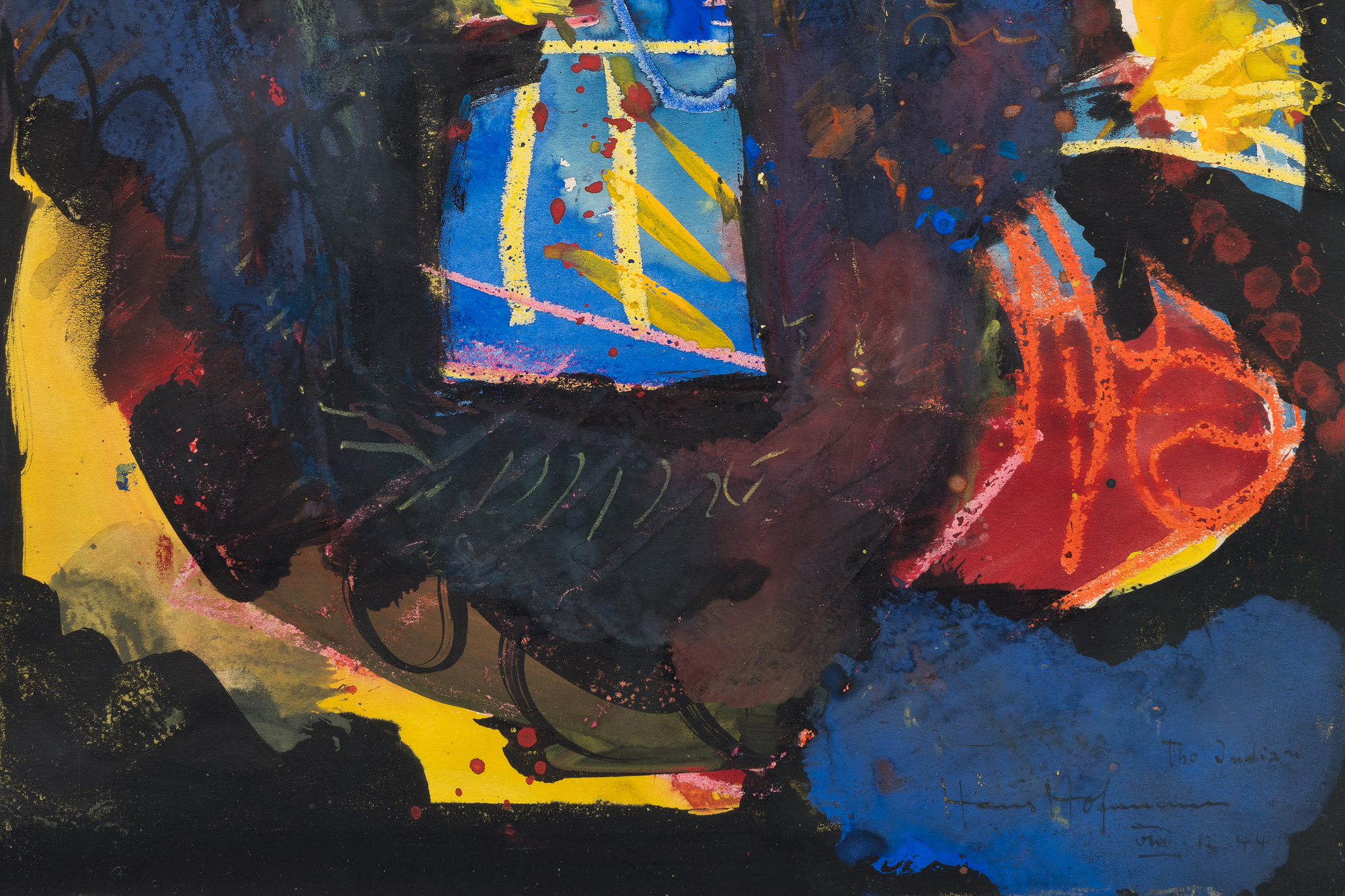
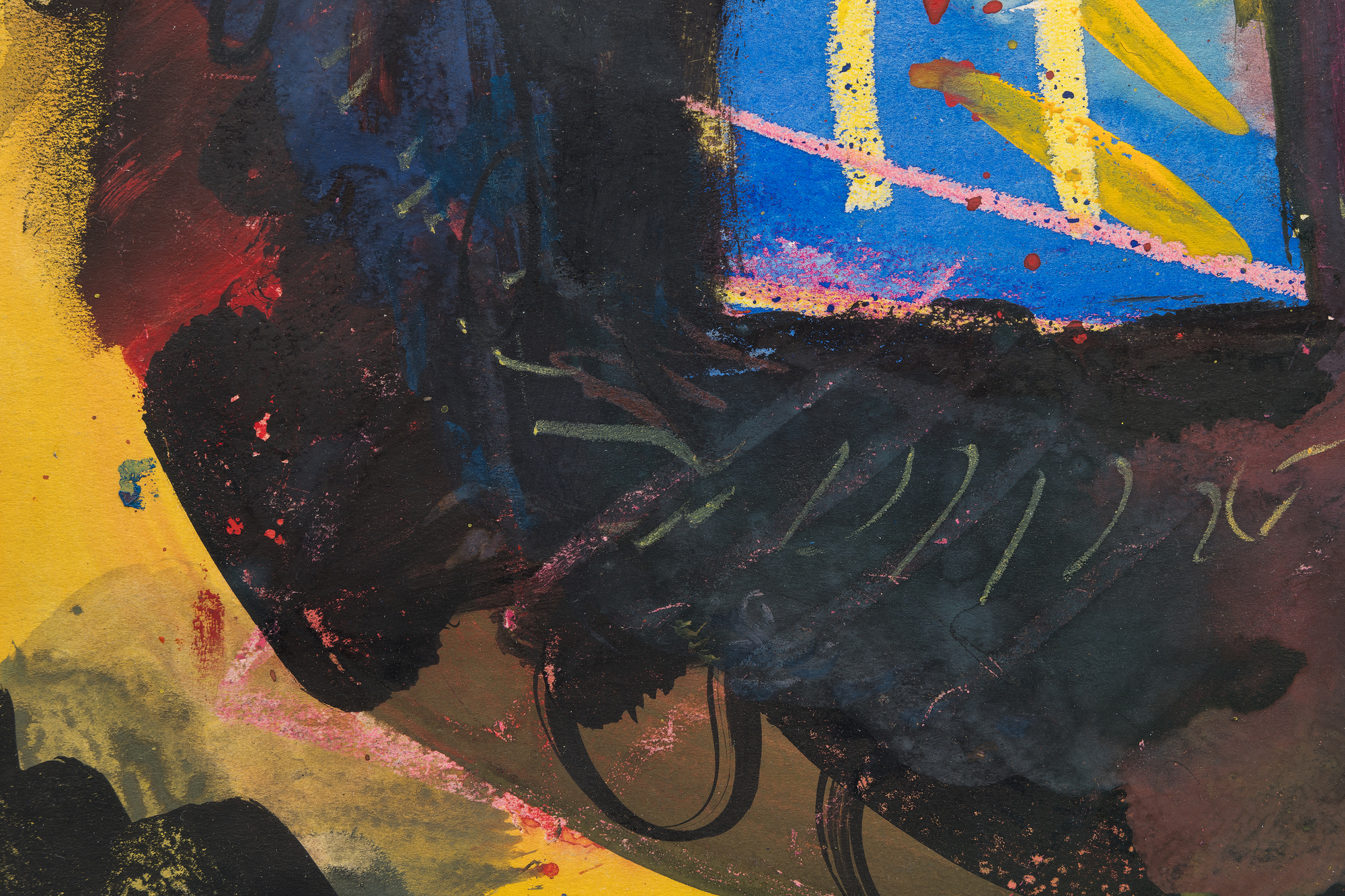
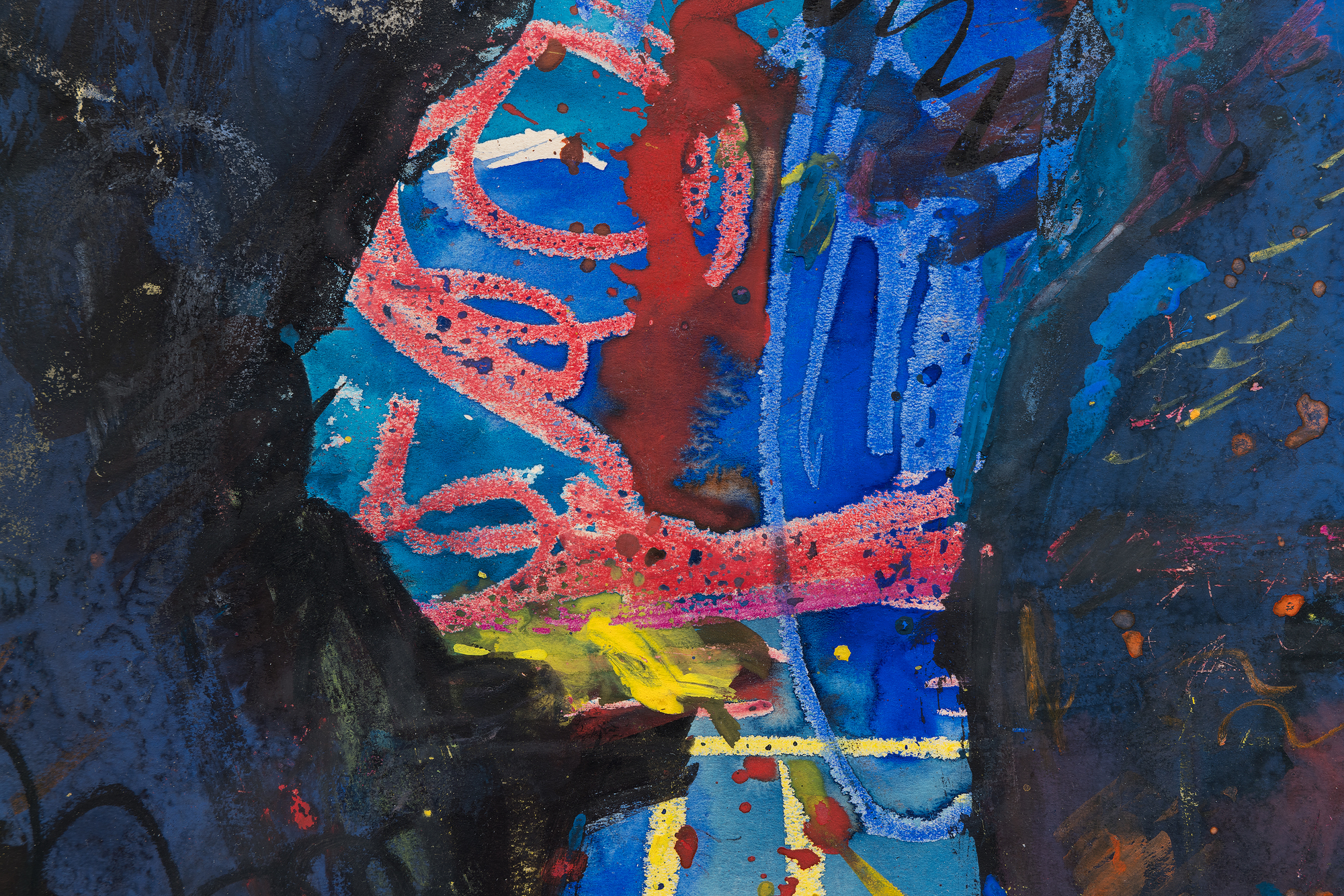
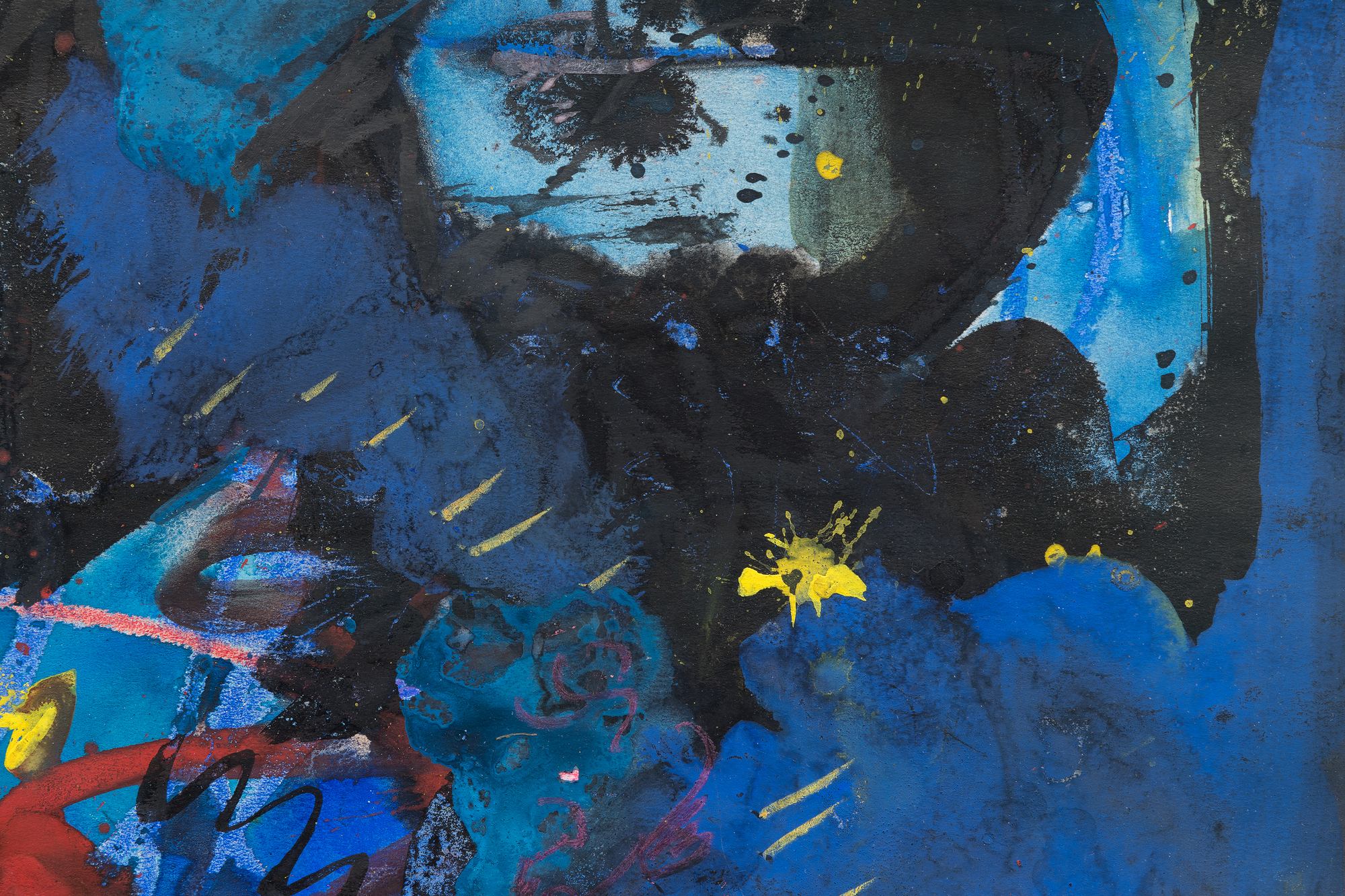
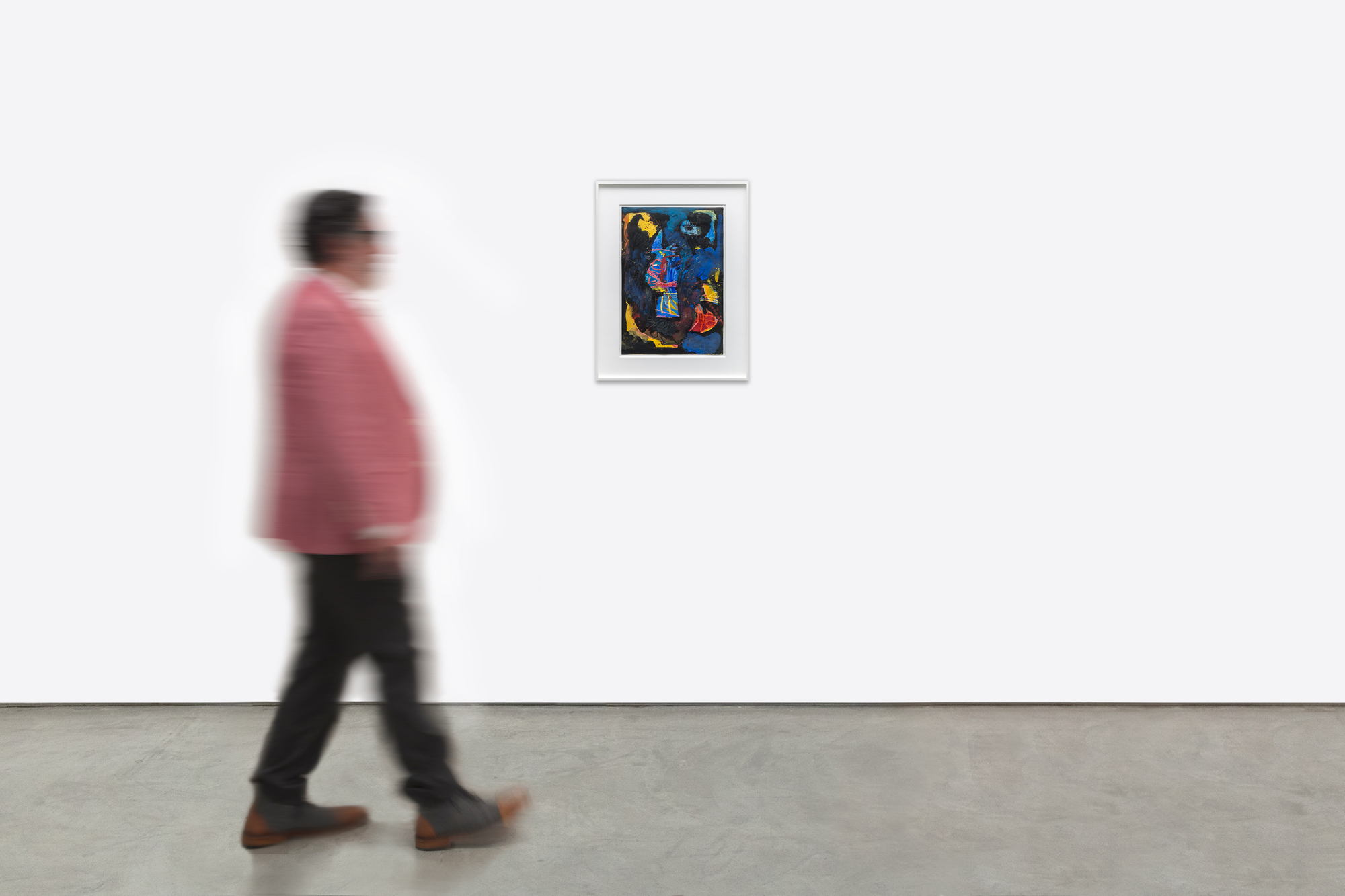
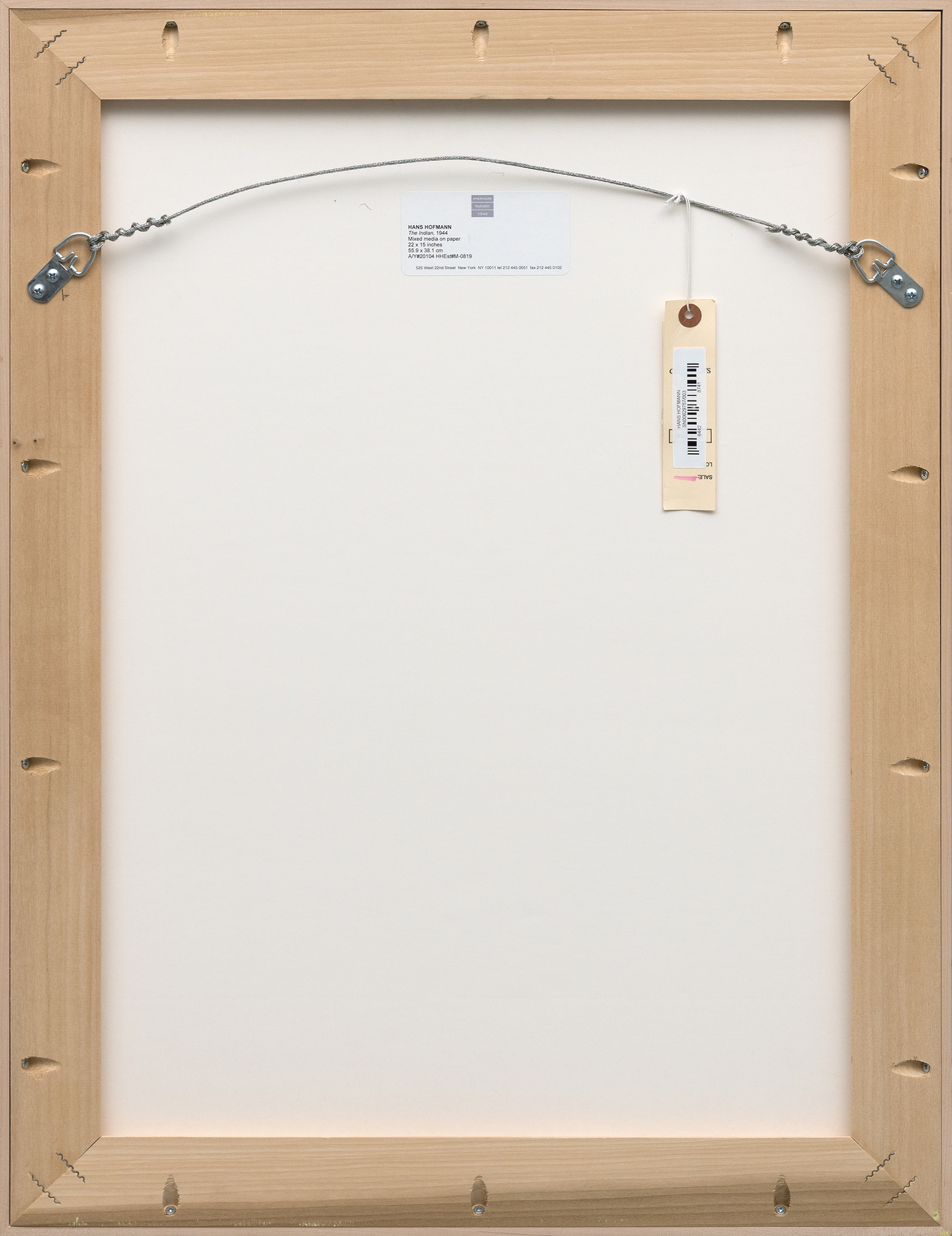
Procedencia
Ameringer McEnery Yohe, Nueva YorkColección privada, Nueva Jersey
La tensión entre la forma central y su vibrante fondo ejemplifica la transición de Hofmann durante la década de 1940 del rigor cubista a técnicas expresionistas más irrestrictas. El Indio capta la energía de este periodo crucial, con su abstracción en capas y sus matices simbólicos que reflejan la habilidad de Hofmann para unir la espontaneidad gestual con un deliberado equilibrio compositivo.


